Tamarack Ottawa Race Weekend: celebrating diversity and improving accessibility
Tamarack Ottawa Race Weekend works hard to create an environment where athletes from all walks of life feel valued, supported and empowered
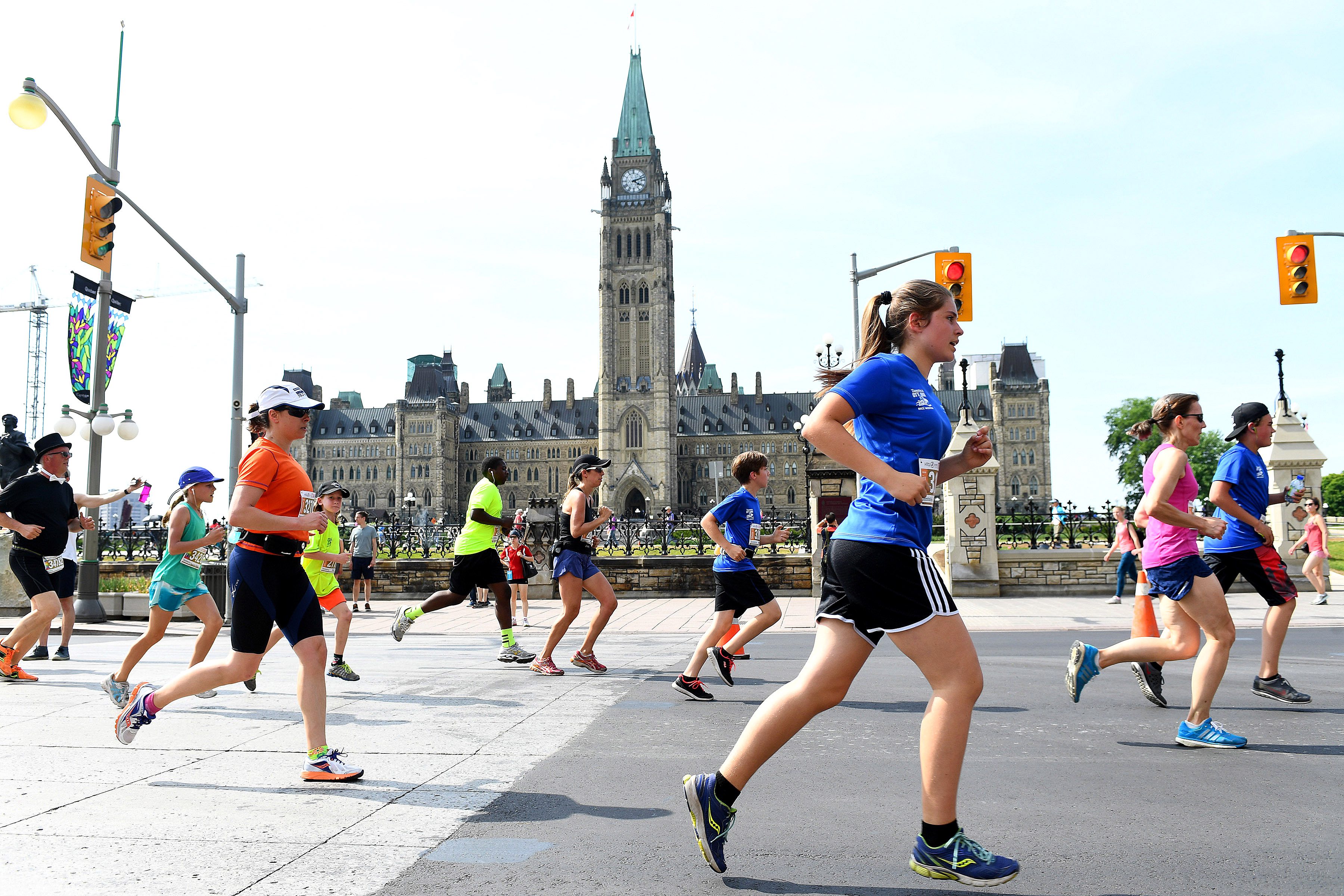 Photo by:
Victah Sailer/RunOttawa
Photo by:
Victah Sailer/RunOttawa
Tamarack Ottawa Race Weekend has a rich history of promoting diversity, accessibility and family-friendly participation. Over the years, the event has taken significant steps to ensure that all athletes feel welcome and empowered regardless of their abilities or backgrounds. From creating separate divisions for wheelchair athletes to introducing family-friendly race options and supporting women’s participation, Tamarack Ottawa Race Weekend has consistently championed inclusivity and celebrated the achievements of its diverse participants.
A history of accessibility and inclusivity
From the early years, the race organizers recognized the importance of accessibility and implemented measures to accommodate participants with disabilities. These included accessible washrooms and aid stations and properly cleared routes. By addressing these accessibility touchpoints, Tamarack Ottawa Race Weekend became a pioneer in making running events more inclusive.
1975: Eleanor Thomas became the first female finisher, with a time of 3:27:28
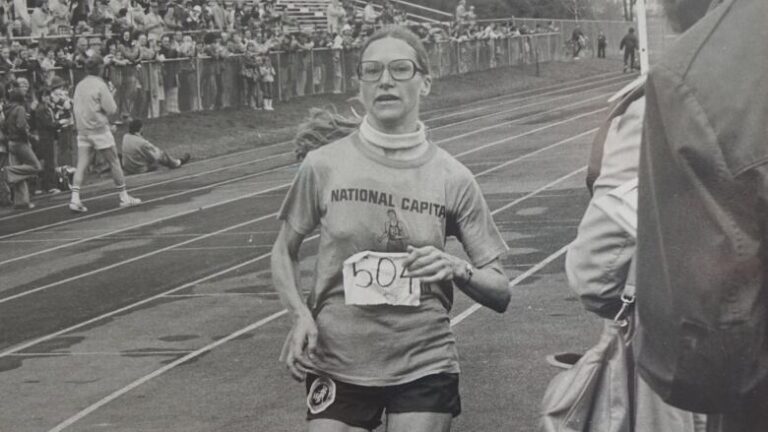
1979: Lou Mulvihill became the first wheelchair participant in Tamarack Ottawa Race Weekend. The following year, he was joined by four other athletes with disabilities, marking the beginning of the event’s commitment to inclusivity.
1983: Wheelchair athletes were given their own separate division, resulting in increased participation and recognition. Rick Hansen became the first official winner in this category. Additionally, Jacques Pilon, a blind athlete and gold medallist in the 1980 Blind Olympics, participated with a guide runner. Pilon’s inclusion paved the way for individuals living with invisible disabilities.
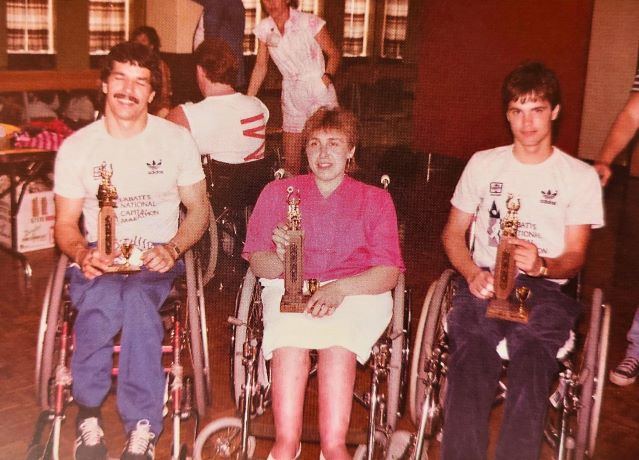
1998: The Tamarack Ottawa Race Weekend introduced a 2K and 5K run and walk to encourage family participation.
2001: Joseph Nderitu became the first African and person of colour to win the marathon, marking the beginning of the elite era.
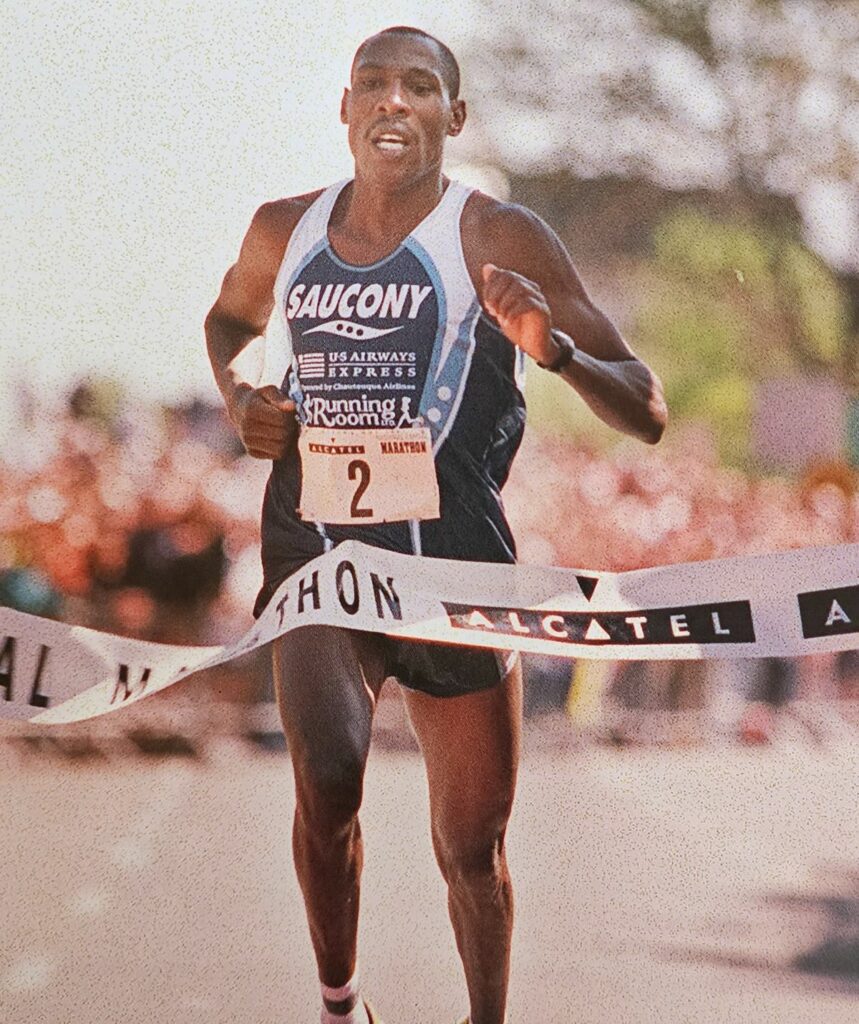
2011: Visually impaired athlete Ron Hackett completed his first of more than 16 marathons in Ottawa with the guidance of Tim Scapillato. Their successful partnership demonstrated the power of support and collaboration in enabling athletes with disabilities to excel.
2017: Andrew Press and Team LiquidGym spearheaded efforts to make Tamarack Ottawa Race Weekend more accessible for athletes using ALinkers (a mobility device).
2021: Tamarack Ottawa Race Weekend expanded gender categories to include male, female, non-binary and “prefer not to disclose.”
2022: Run Ottawa invited support runners to assist participants with all types of physical disabilities under the Adaptive Athlete Program.
2023: Tamarack Ottawa Race Weekend celebrated 18 visually impaired or blind participants, each accompanied by dedicated guides. The event also extended the Adaptive Athlete program to participants living with invisible disabilities, such as emotional or mental health challenges, allowing them to participate with support runners or guides. The race organizers fostered this inclusivity through partnerships with Achilles Ottawa, an ambassador program connecting visually impaired athletes with supportive runners.
Adaptive-athlete-friendly entry and exit routes were also added in 2023 to ensure barrier-free entry and exit for all participants.
10 things you didn’t know about the Tartan Ottawa International Marathon
Women in the Ottawa Marathon
The journey toward inclusivity also involves fostering women’s participation in the Ottawa Marathon. In 1975, Eleanor Thomas became the first female finisher, highlighting the drive to provide equal opportunities for all genders.
In 1983, there was a 7:1 ratio of men to women participating in the marathon, by 2023, more than 50 per cent of all registered participants in the Tamarack Ottawa Race Weekend were women.
Inviting and accessible for families
Currently, the Ottawa Kids Marathon and stroller-friendly 2K, 5K and 10K races are part of the race weekend, alongside the marathon and half-marathon. The Kids Marathon program lets children experience running a marathon by completing short segments over a few weeks or months, culminating in their final 1.2K leg on event day.
In 2024, the Ottawa Kids Marathon, 2K and 5K events will remain affordable, unaffected by price increases. This pricing strategy ensures that these family-friendly events are accessible to a diverse range of participants, irrespective of their abilities, ages or financial backgrounds.
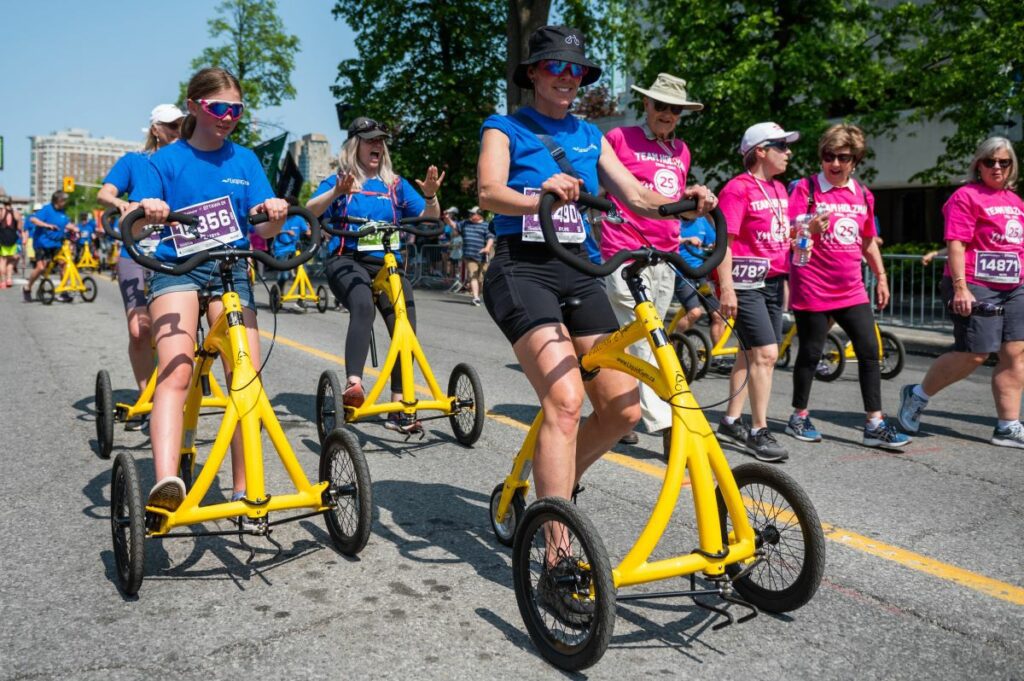
Tamarack Ottawa Race Weekend also acknowledges the importance of accommodating families with infants. The event’s organizers have initiated conversations with new parents and other events to discuss ways of removing barriers and improving accessibility for families by considering feeding schedules. While still in the early stages of development, this initiative strives to create a supportive and inclusive environment for families participating in the race weekend.
Enhancements in 2023
The Adaptive Athletes program at Tamarack Ottawa Race Weekend continuously evolves to prioritize inclusivity and accessibility. In 2023, successful initiatives included the establishment of a dedicated tent near the start line for Adaptive Athletes and their support runners/guides/family, provision of secure wheelchair parking and delivery, distribution of cooling towels and water for Adaptive Athletes on the 2K course, a specialized Adaptive Athlete recovery area for post-race relaxation, an accessible race kit pick-up table and specially-designed race bibs to be worn on the back of an Adaptive Athlete and their guide or support runner to raise awareness and encourage understanding among participants.
Additionally, the race organizers collaborated with local organizations and community groups to establish a mentorship program for individuals from underrepresented communities. This initiative aimed to encourage participation in running and provide the necessary support to overcome potential barriers.
The 2023 race weekend featured a dedicated Diversity and Inclusivity speaker session. This panel discussion celebrated athletes’ unique identities and stories by promoting multiculturalism, engaging in conversations about inclusion and showcasing inspiring individuals who have made significant contributions to the running community.
Looking ahead to 2024
Building on the progress made in 2023, Tamarack Ottawa Race Weekend continues its commitment to improving accessibility and diversity in the upcoming year. A key focus for 2024 will be further expanding the mentorship program and establishing partnerships with more local organizations and underrepresented communities.
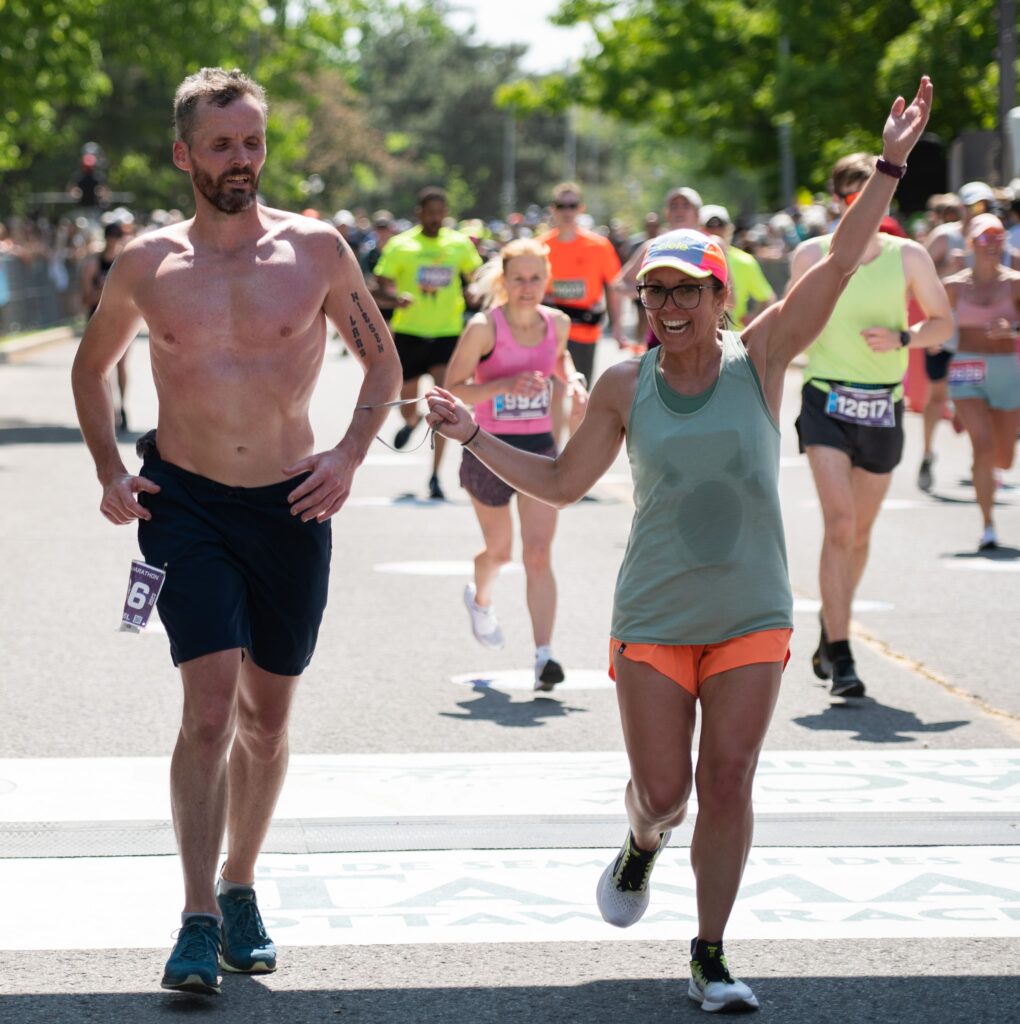
The organizers will also continue to offer a barrier-free start- and finish-line experience for participants who want that service and will continue to ensure aid stations are set up to be accessible for all athletes.
In 2024, Tamarack Ottawa Race Weekend aims to foster a sense of belonging for all participants by celebrating the intersectionality of identities, such as race, gender, age and ability. Through increased representation, awareness campaigns and ongoing collaboration, Tamarack Ottawa Race Weekend endeavours to create an environment where athletes from all walks of life feel valued, supported and empowered.


